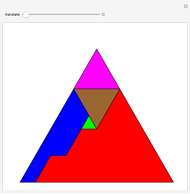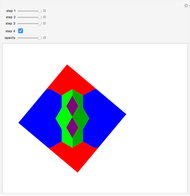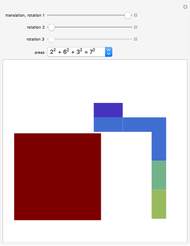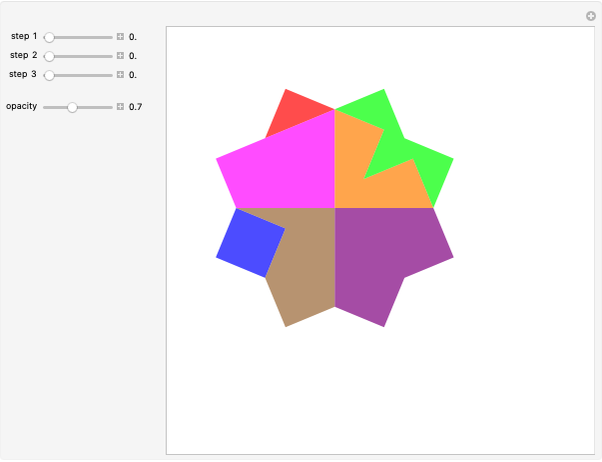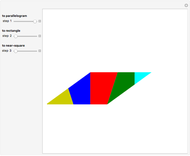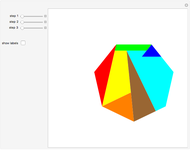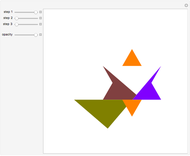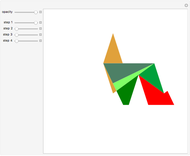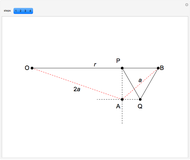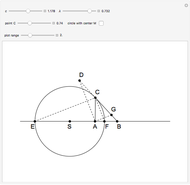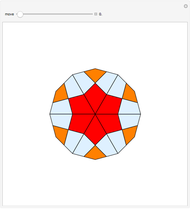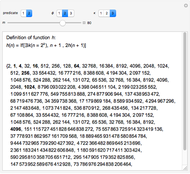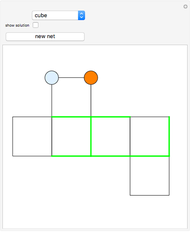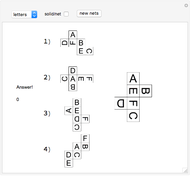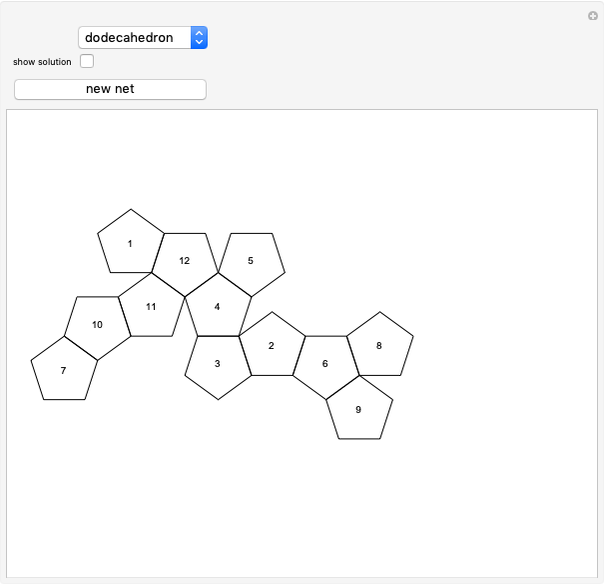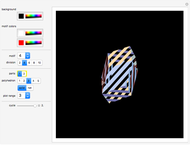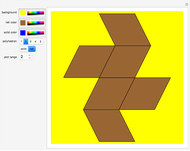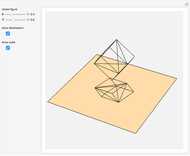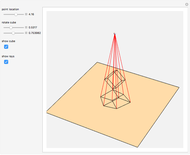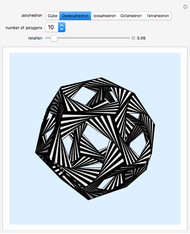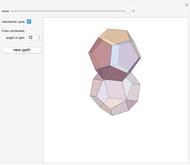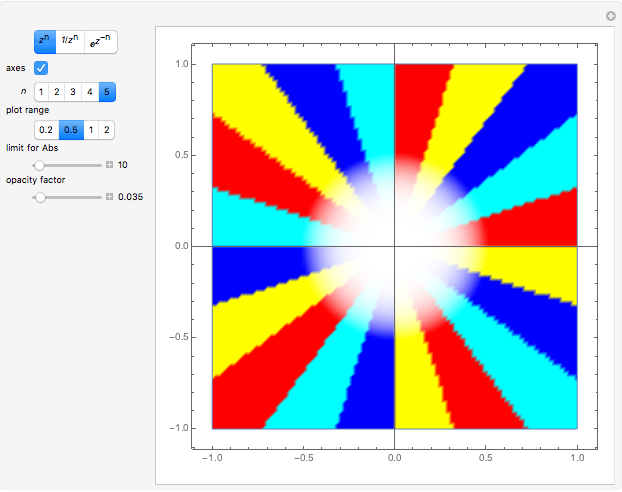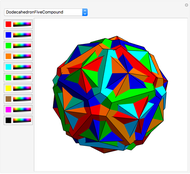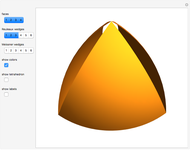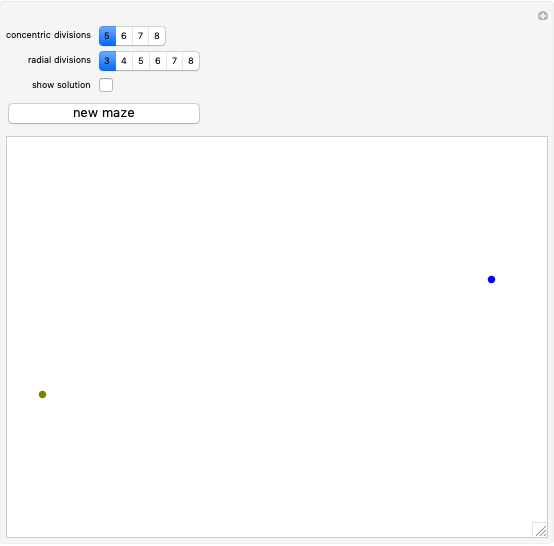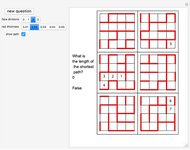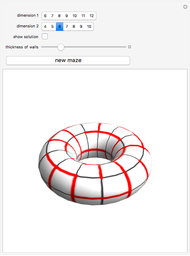Dissecting a Square to Four Squares

Requires a Wolfram Notebook System
Interact on desktop, mobile and cloud with the free Wolfram Player or other Wolfram Language products.
This Demonstration shows how to dissect a square into four squares on the basis of the identity  .
.
Contributed by: Izidor Hafner (March 2013)
Open content licensed under CC BY-NC-SA
Snapshots
Details
This Demonstration illustrates examples of Lagrange's four-square theorem, which states that every positive integer can be written as the sum of at most four squares. The first published proof was given by Lagrange (1736–1813) in 1770.
References
[1] G. N. Frederickson, Dissections: Plane & Fancy, New York: Cambridge University Press, 2002 pp. 88 and 282.
[2] Wikipedia. "Lagrance's Four-Square Theorem." (Feb 22, 2013) en.wikipedia.org/wiki/Lagrange%27s_four-square_theorem.
Permanent Citation
"Dissecting a Square to Four Squares"
http://demonstrations.wolfram.com/DissectingASquareToFourSquares/
Wolfram Demonstrations Project
Published: March 21 2013







